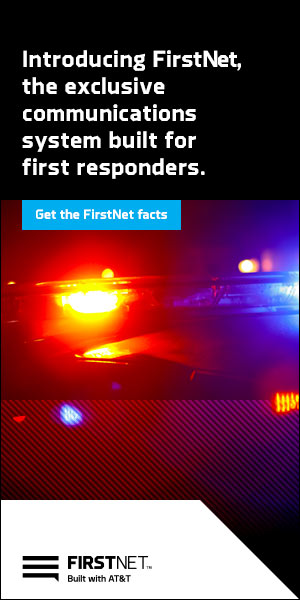by AllThingsECC.com | Aug 26, 2019 | Articles, Comm Center News, Resources
Disasters, terrorist attacks, and network outages have demonstrated the limitations of the 9-1-1 system. Emergency communications centers that remain focused on 9-1-1 as the singular emergency reporting channel fall short of providing a comprehensive emergency response solution in their communities. A change is required to adapt to the modern means of communications, such as text and picture messaging, livestream video, crowdsourcing, apps, sensors, and social media. This thesis reports on the actions taken to transition an emergency communications center into a multi-channel environment capable of building resiliency, and provides supplemental reporting channels, creates situational awareness, and builds more efficient workflows. Using business model generation and lean strategy methodology, this thesis provides a model for implementation strategies and proposes a bottom-up approach to meet individual community needs. This thesis recommends a pathway to shift the culture and strategy in carrying out the mission of emergency communications and responding to requests for emergency services.

by AllThingsECC.com | Jul 29, 2019 | Resources
The emergency communications centers that answer calls to 9-1-1 and dispatch law enforcement, fire service and emergency medical responders face a wide variety of challenges including budget constraints, staffing shortages and rapidly changing technology. Two specific technologies, Next Generation 9-1-1 (or NG9-1-1) and the Public Safety Broadband Network (or FirstNet), have captured significant attention as emergency communications center leaders seek strategies to integrate these technologies into their operations. This whitepaper explores the similarities, differences and inter-relationships between these two emerging technologies. We will look at the appropriate roles and responsibilities for each technology, and consider strategies to create interoperability between these networks while also sustaining operational best practices and security in the emergency communications center.

by AllThingsECC.com | Jul 29, 2019 | Resources
The emergency communications centers that answer calls to 9-1-1 and dispatch law enforcement, fire service and emergency medical responders face a wide variety of challenges including budget constraints, staffing shortages and rapidly changing technology. Two specific technologies, Next Generation 9-1-1 (or NG9-1-1) and the Public Safety Broadband Network (or FirstNet), have captured significant attention as emergency communications center leaders seek strategies to integrate these technologies into their operations. This whitepaper explores the similarities, differences and inter-relationships between these two emerging technologies. We will look at the appropriate roles and responsibilities for each technology, and consider strategies to create interoperability between these networks while also sustaining operational best practices and security in the emergency communications center.




